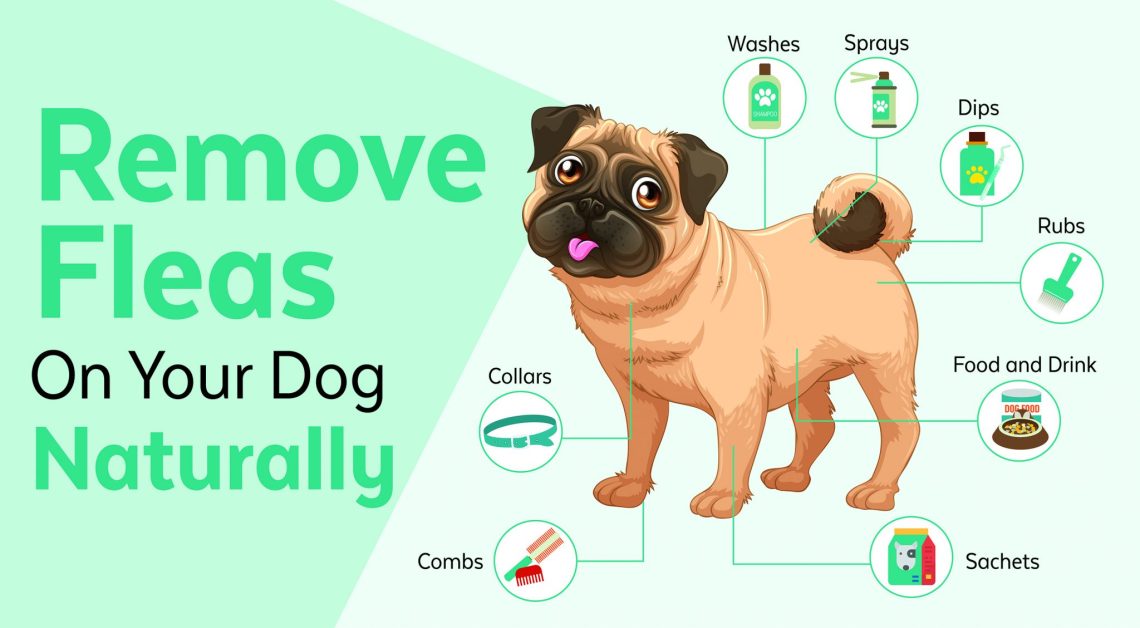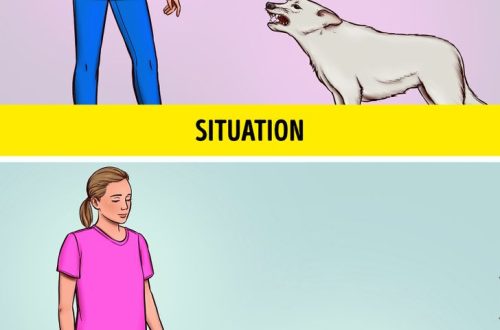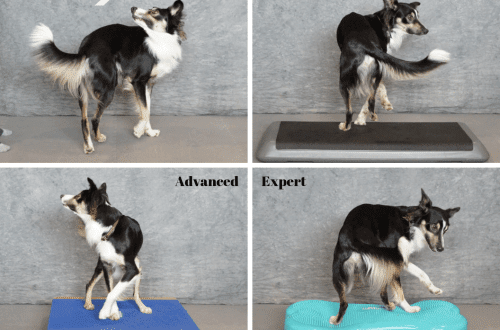
Bii o ṣe le ṣe idiwọ ati yọ awọn eeyan kuro lori aja rẹ
You noticed that the pet began to itch more often, but did not pay much attention to it – at least until today, when, scratching his belly, you saw fleas. You might cringe just thinking about these insects, but luckily for your dog and the whole family, modern dog flea treatments can help you get rid of them.
Awọn akoonu
What are fleas and how long do they live
Fleas are small, flightless parasitic insects that feed on the blood of their host, in this case a dog. According to Pest World, they can feed on the blood of any warm-blooded animal, including humans, but prefer to parasitize furry animals such as dogs, cats, and rabbits.
According to Pet Basics, fleas can carry disease and cause a variety of health problems in dogs, including flea allergy dermatitis, tapeworms, bartonellosis, and anemia.
It is important to know that a flea goes through four stages in its development: egg, larva, pupa and adult insect. Accordingly, only adults can be seen on the body of your dog, but, most likely, eggs are laid somewhere else on his coat or in your house. These eggs will go through all further stages of development, and as a result, the process of getting rid of fleas turns into a protracted event.
When Fleas Become a Problem
Depending on where you live, fleas can be a problem all year round or only bother you during the warmer months. An earlier spring or longer fall means flea season will start earlier or end later. Many veterinarians offer year-round prophylaxis just in case.
A dog can get fleas almost anywhere. She can bring them from the street or pick them up from another animal. Fleas can also get into your home through your clothes, so if you find fleas in your home, do a thorough cleaning.
Flea Prevention: How to Do It
It is always better to prevent an infestation than to think about how to get rid of fleas on a dog. But this is easier said than done, since guessing the source of an infestation before the fleas show up can be tricky. The first step should be to thoroughly vacuum the house and pay particular attention to where the dog likes to sit and lie, nooks and crannies, and upholstered furniture. This will help in getting rid of eggs, larvae and pupae.
If your dog has had fleas before and you know that they appeared after visiting a certain place, be sure to bathe and comb the dog after returning home from there. Use a fine-toothed comb and soapy water to drown the fleas.
Alternatively, you can use a flea preventative for dogs. Speak with your veterinarian, who will tell you whether to choose an oral or topical remedy for your pet.
How to know if your dog has fleas
One of the easiest ways to tell if a dog has fleas is to look closely. However, because fleas are very small and camouflage, especially on dark-coated dogs, they can be difficult to spot. During the examination, it is better to put a belt on the dog’s stomach. Most likely, fleas will hide under this belt at the back of the body and at the base of the tail.
You can look for other signs of fleas, such as contamination in the form of brownish-black crumbs – a mixture of flea excrement and dried blood. Flea eggs can be seen, which are tiny transparent or white sacs, although they can be even harder to see than the fleas themselves.
Look for fleas not only on the pet’s body. On any couch or bedding and in other places, especially where your pet likes to be, for example, on pillows, blankets or carpets, in these places you can find both insects and their eggs or excrement.
Types of flea remedies for dogs: medications and consultations with a veterinarian
If you suspect your dog has fleas, contact your veterinarian as soon as possible for treatment options. These include oral or topical medications, shampoos, and treatment collars. Flea treatments and medications work in different ways: some kill the flea on contact, others work when you try to bite. Both types are effective, so be sure to ask your veterinarian which is best for your pet. Also, be sure to ask the vet about possible side effects and interactions with other medications your dog may be taking.
Although flea treatments kill adults and weaken the larvae, remember that fleas have different life cycles, so a single treatment will not solve an infestation. It is necessary to complete the full course of treatment prescribed by a veterinarian. To reduce the risk of fleas, it is recommended to continue treatment throughout the year to prevent new flea eggs from hatching. This is also to ensure that no adults lay new eggs. Parasites in dogs can be quite a nuisance problem, but if you use flea products and take good care of your pet, it will help him avoid a serious infestation.





